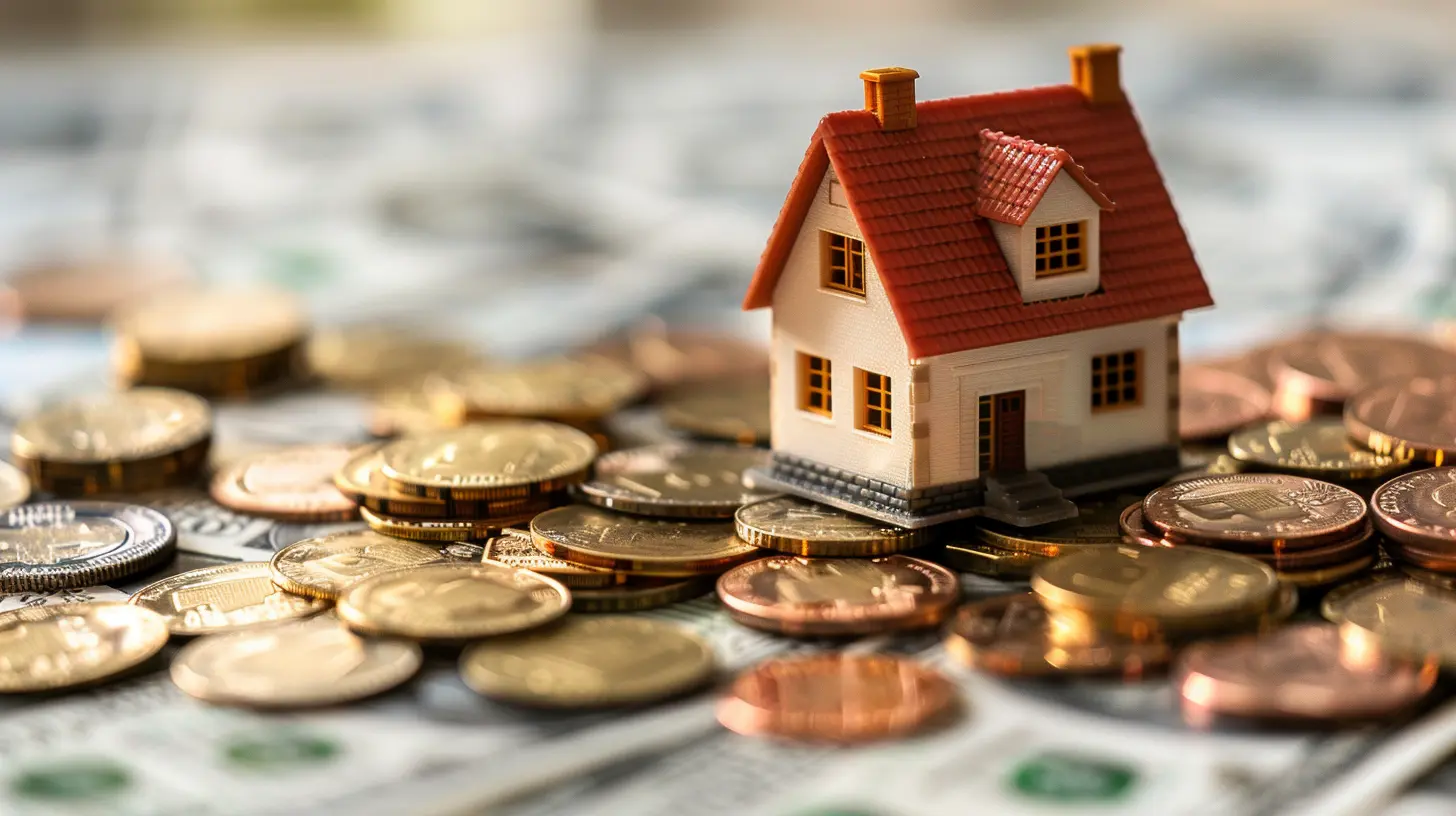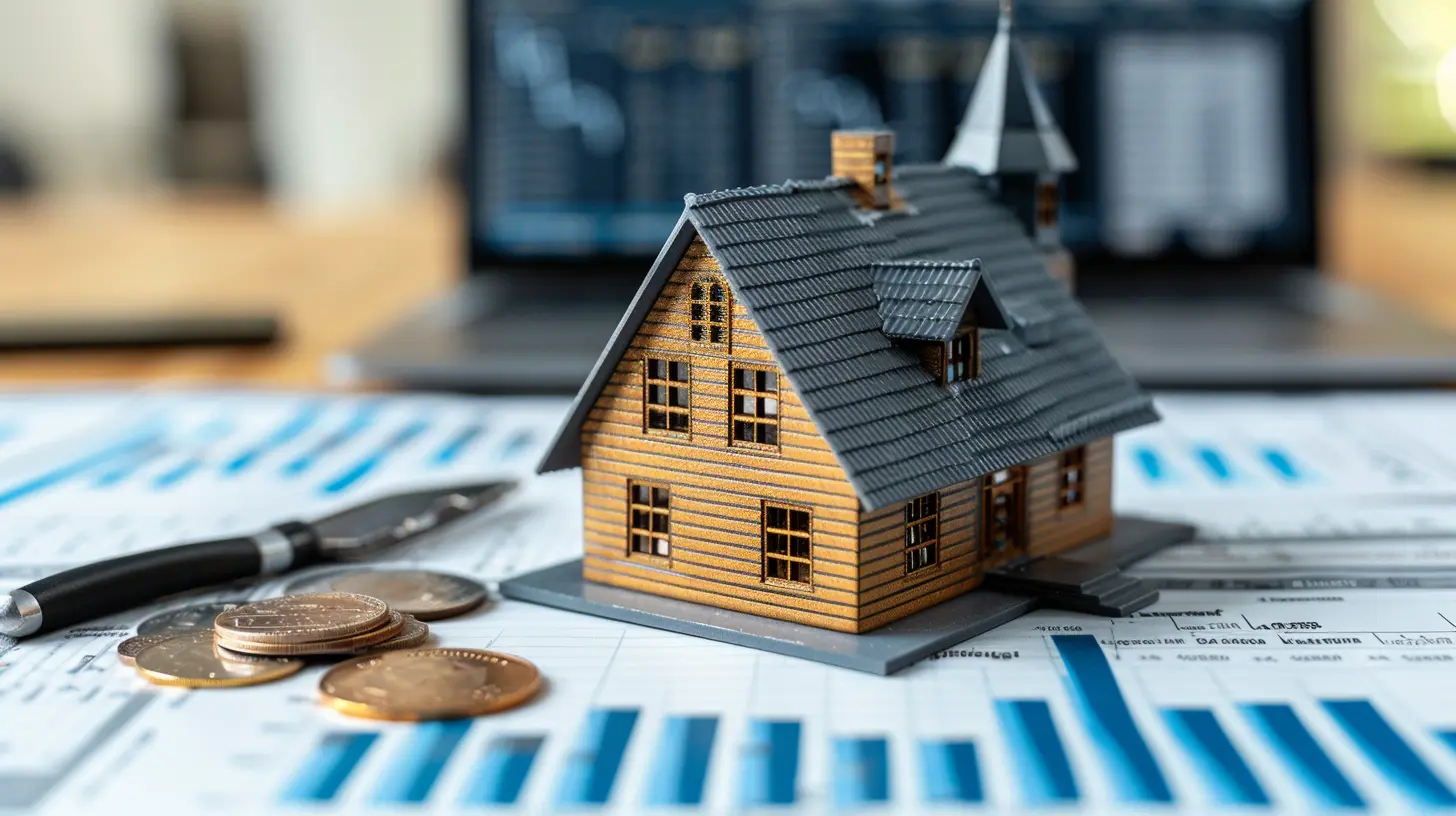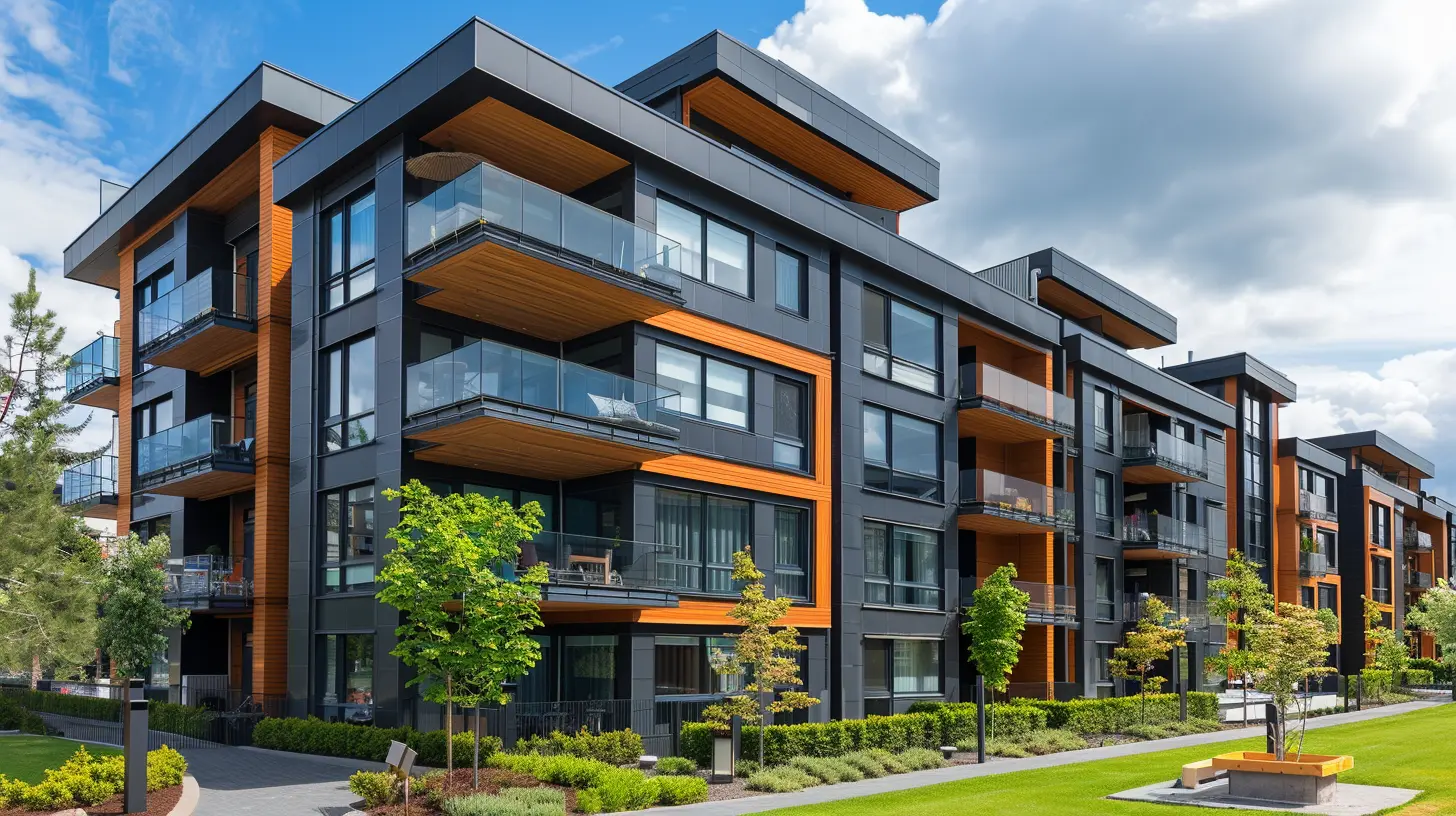Understanding Cap Rates in Commercial Real Estate Investments
25 August 2025
If you’ve ever dipped your toes into commercial real estate (CRE), then chances are you’ve come across the term “cap rate.” It’s one of those industry buzzwords that gets thrown around in almost every investment conversation—kind of like how “mileage” comes up when buying a car. But what does it actually mean? Why do investors obsess over it? And how can you use it to make smart real estate decisions?
Let’s break it all down. No confusing jargon. No stuffy textbook definitions. Just a straightforward conversation about cap rates—the good, the bad, and everything in between.
So, What Exactly Is a Cap Rate?
Let’s start with the basics. A cap rate—short for capitalization rate—is a simple formula used to estimate the potential return on an investment property. It’s kind of like a snapshot of the property's profitability as it stands today, without considering loans or future growth.Here’s the formula:
Cap Rate = Net Operating Income (NOI) ÷ Purchase Price
Let’s say you buy a retail building for $1 million, and its annual net operating income (which is basically the income it generates after expenses) is $80,000. Your cap rate would be:
$80,000 ÷ $1,000,000 = 0.08 or 8%
So, an 8% cap rate means you're getting an annual return of 8% on your investment, assuming you're buying the property in cash and not accounting for financing.
Easy enough, right?
Why Should You Care About Cap Rates?
Good question. Cap rates are useful because they help you do a few things:- Evaluate Risk: Higher cap rates usually mean higher risk, while lower cap rates suggest lower risk. Think of it like a rollercoaster—if the ride is smooth, you're not going to get the same adrenaline rush (or returns) as the one with the sharp drops and loops.
- Compare Properties: Cap rates let you compare two properties, even if they’re in totally different locations or asset classes.
- Make Smarter Buying Decisions: Knowing the cap rate helps you figure out if the price is fair relative to the income the property generates.
The Sweet Spot: What's a “Good” Cap Rate?
Ah, the million-dollar question. What’s a “good” cap rate? Honestly—it depends. (I know, nobody likes that answer!)Cap rates vary widely depending on:
- Location (big cities usually have lower cap rates than small towns)
- Asset class (office buildings vs. retail vs. multifamily)
- Market conditions (booming economy vs. recession)
- Tenant strength (a building leased to Starbucks is usually less risky than one leased to a mom-and-pop shop)
As a general rule of thumb:
- 4%-6% cap rates are considered low (common in hot markets like New York or San Francisco)
- 6%-8% is the middle of the road
- 8%-10%+ is considered high, but it might come with more risk
So don’t just chase high cap rates—they might be too good to be true.
Digging Deeper: Understanding Net Operating Income (NOI)
Quick recap: to calculate a cap rate, you need the Net Operating Income. But what goes into that number?NOI = Gross Rental Income – Operating Expenses
Simple, right? Just remember:
- Don’t include mortgage payments (NOI assumes you’re buying in cash)
- Do include things like property management fees, taxes, insurance, maintenance, and utilities (if the landlord pays them)
Basically, NOI shows how much the property earns after you’ve paid to keep the lights on but before you pay your lender.
Cap Rates and Market Types: Core, Value-Add, and Opportunistic
Not all buildings are built the same—and neither are the strategies people use to invest in them. Here’s how cap rates can vary depending on the type of investment:1. Core Investments (Low Risk, Low Reward)
- High-demand areas- Strong tenants locked into long leases
- Low cap rates (think 4%-5%)
- They're like blue-chip stocks—not flashy, but dependable
2. Value-Add Investments (Medium Risk)
- Some TLC required (maybe it needs better management or minor upgrades)- Potential to increase rent and boost NOI
- Mid-range cap rates (6%-8%)
3. Opportunistic Investments (High Risk, High Reward)
- Major renovations needed or vacant buildings- High potential upside—if you can pull it off
- High cap rates (8%+), but higher risk
- It’s like flipping a house, but for big boys
Cap Rate Compression: What It Means and Why It Matters
Ever heard someone say “cap rates are compressing”? Sounds technical, but it just means investors are willing to pay more for less income—usually because they’re confident the market will grow.Imagine a building that brings in $100,000 in NOI. If cap rates compress from 8% to 5%, that same income now values the building at:
- At 8% cap rate: $100,000 ÷ 0.08 = $1,250,000
- At 5% cap rate: $100,000 ÷ 0.05 = $2,000,000
Same building. Same income. Way higher price. That’s the power (and danger) of cap rate compression.
When Cap Rates Can Be Misleading
Cap rates are a great starting point, but they’re not the be-all, end-all. Let’s talk about why you shouldn’t blindly follow them.1. They Ignore Financing
Cap rates don't account for mortgage terms. A property might have a great cap rate but horrible financing terms that ruin your cash flow.2. They’re Based on Current Numbers
Cap rates don’t factor in future potential. Maybe a property has below-market rents or underutilized space that could substantially boost income.3. They Don’t Reflect Vacancy or Rent Growth
Cap rates assume a steady year-over-year income. But tenants leave. Markets fluctuate. A cap rate gives you today’s picture—not tomorrow’s.How Investors Really Use Cap Rates
Alright, let’s get real. Most experienced investors don’t make decisions on cap rates alone. They use it as one tool in a big toolbox.Think of cap rate as the cover of a book. It gives you a quick feel for what’s inside, but to really know the story, you’ve got to read a few chapters—or in this case, do a deep dive into the property’s financials, the neighborhood, tenant history, and the overall market.
That’s why investors often pair cap rates with things like:
- Internal Rate of Return (IRR)
- Cash-on-Cash Return
- Debt service coverage ratio (DSCR)
- Comparable sales analysis
Cap rate is just one number. Don’t let it be the only one you care about.
Cap Rate vs Cash-on-Cash Return: What’s the Difference?
People often confuse cap rate with cash-on-cash return, but they’re two different beasts.- Cap Rate looks at the return based on the property's net income and purchase price.
- Cash-on-Cash Return looks at the actual return on the money you personally invested (i.e., your down payment).
Example:
- Buy a property for $1,000,000
- Finance it with $250,000 down and a $750,000 loan
- NOI is $80,000
- Mortgage payments are $40,000/year
➡️ Cap rate = 8% (NOI ÷ Purchase Price)
➡️ Cash-on-cash = $40,000 cash flow ÷ $250,000 down = 16%
See the difference? Always match the metric to your investment strategy.
Cap Rate Trends in 2024 and Beyond
Heading into 2024, we’re seeing some big shifts in cap rates. Why? Simple: interest rates are rising, inflation is doing its thing, and risk tolerance is changing.In general:
- Cap rates are inching higher in some sectors (like office and retail) because of uncertainty
- Industrial and multifamily properties still hold strong demand, keeping cap rates lower
- Investors are becoming more cautious, and underwriting is getting tighter
Translation: It’s not the Wild West anymore. You’ve got to be sharp, do your homework, and understand the market you’re buying into.
Final Thoughts: Cap Rate Is Just the Beginning
So, there you have it—cap rates in a nutshell. They’re not magic, and they’re not perfect. But they’re a powerful tool when used correctly.If you’re looking to invest in commercial real estate, understanding cap rates gives you a major edge. Just remember to dig deeper. Look beyond the surface. Talk to brokers, analyze the comps, and always run the numbers.
At the end of the day, success in real estate comes from putting the pieces together—cap rate is just one piece of the puzzle.
all images in this post were generated using AI tools
Category:
Real Estate InvestmentAuthor:

Kingston Estes
Discussion
rate this article
1 comments
Gabrielle McPhail
Great insights! Understanding cap rates is essential for savvy real estate investors.
September 1, 2025 at 10:42 AM

Kingston Estes
Thank you! I'm glad you found the insights helpful. Understanding cap rates is indeed crucial for informed investment decisions.


